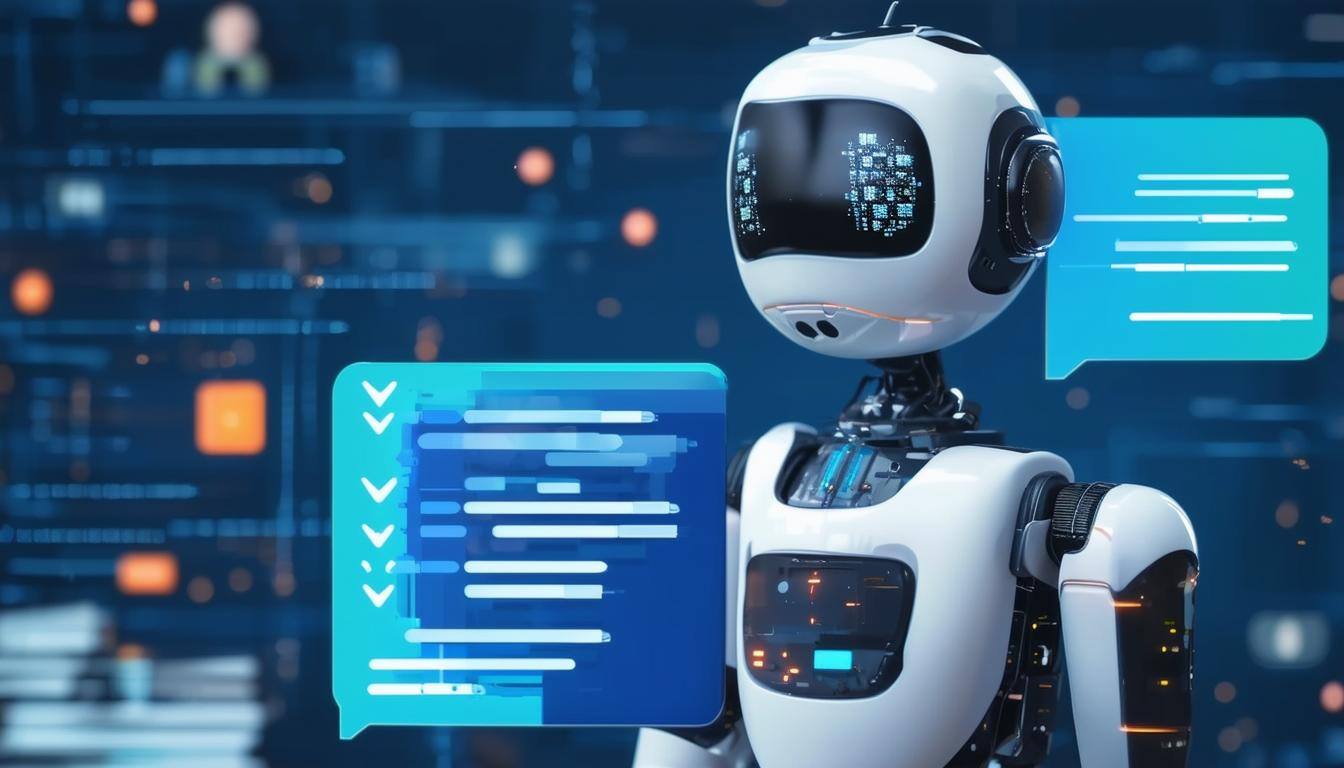Business Process Automation: Trends, Challenges, and Opportunities
The Rapid Evolution of Business Process Automation
Business Process Automation (BPA) has moved beyond simple task automation—it is now a strategic driver of enterprise agility, cost reduction, and digital transformation.
With the increasing adoption of AI, RPA (Robotic Process Automation), and BPMS (Business Process Management Systems), the BPA market is projected to grow at a 12% annual rate, reaching a valuation of $30 billion by 2030, according to Grand View Research.
But what’s next for BPA? In 2025, companies will leverage AI-powered automation, hyperautomation, and no-code/low-code solutions to unlock new levels of efficiency.
In this article, we explore the top BPA trends, challenges businesses face, and opportunities for organizations to stay competitive in a fully automated world.
Top Business Process Automation Trends for 2025
1. Hyperautomation Becomes the Norm
According to Gartner, by 2025, 70% of businesses will adopt hyperautomation—a combination of AI, RPA, BPMS, and process mining that automates complex workflows end to end.
🔹 How it works: AI identifies inefficiencies, RPA executes tasks, and BPMS ensures smooth orchestration.
🔹 Impact: Businesses can eliminate up to 50% of manual workflows, significantly reducing operational costs.
📌 Example: A multinational bank integrated hyperautomation into its loan approval process, cutting processing time from weeks to hours.
2. The Rise of No-Code/Low-Code BPA Solutions
Low-code and no-code platforms are democratizing automation, allowing business users—not just IT teams—to create workflows.
🔹 By 2025, 70% of new enterprise applications will be built using low-code platforms (Forrester).
🔹 Impact: Businesses accelerate automation 5x faster, reducing dependency on expensive software development teams.
📌 Case Study: A global logistics company automated its shipment tracking system using a no-code BPA solution, reducing operational costs by 30%.
📌 Curious about low-code automation? AF Global helps businesses adopt user-friendly BPA solutions. Contact us today.
3. AI-Powered Decision Making in Process Automation
AI is no longer just a supporting technology—it’s leading decision-making in automation workflows.
🔹 Predictive analytics optimize supply chain management, reducing delays.
🔹 AI-powered chatbots automate customer service, resolving 80% of inquiries without human intervention.
🔹 AI-driven process mining identifies inefficiencies and suggests real-time optimizations.
📌 Example: A retail chain used AI-driven BPA to dynamically adjust pricing based on demand, increasing sales by 15%.
Challenges of Business Process Automation in 2025
Despite its benefits, BPA adoption comes with challenges:
🚧 1. Integration with Legacy Systems
❌ Many enterprises still rely on outdated infrastructure, making integration complex.
✅ Solution: Businesses should adopt cloud-based automation platforms that seamlessly connect with ERP, CRM, and legacy software.
🚧 2. Change Resistance & Employee Upskilling
❌ 70% of digital transformation projects fail due to employee resistance (McKinsey).
✅ Solution: Companies must invest in automation training programs to upskill their workforce.
🚧 3. Security & Compliance Risks
❌ With increasing automation, data security becomes a top concern.
✅ Solution: Organizations must implement AI-powered compliance monitoring to detect anomalies in real time.
📌 Need help with BPA integration? AF Global provides secure, scalable automation solutions. Contact us today.
How to Maximize the Benefits of Business Process Automation
To fully leverage BPA, businesses must adopt a strategic approach:
1️⃣ Assess Automation Readiness: Identify processes that can be automated immediately.
2️⃣ Invest in AI & RPA Integration: Use AI-driven decision-making models to enhance automation workflows.
3️⃣ Adopt a Hybrid Approach: Combine human expertise with AI automation for optimal results.
4️⃣ Monitor & Optimize Continuously: Implement real-time analytics to improve BPA efficiency.
Conclusion: Automation is No Longer Optional—It’s a Competitive Imperative
As we enter 2025, businesses that fail to embrace automation risk falling behind. BPA is no longer just about efficiency—it’s about survival in an increasingly digital world.
🔹 Hyperautomation, AI-driven BPA, and no-code platforms are transforming industries.
🔹 Overcoming integration and security challenges is key to successful BPA adoption.
🔹 Companies that strategically invest in automation today will lead their industries tomorrow.
📌 Future-proof your business with intelligent automation. Contact AF Global to explore BPA solutions today.


